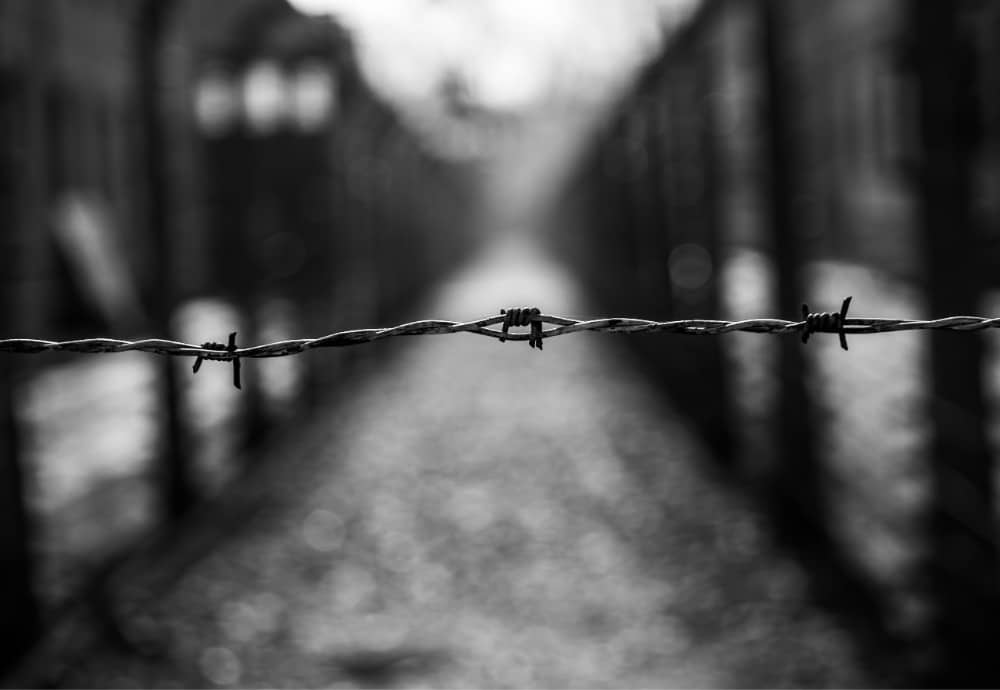(OSV News) Carl Sandberg’s 1914 poem, “Chicago,” is a second person address to its subject, the “Stormy, husky, brawling/City of the Big Shoulders.” Sandberg tells his beloved Chicago that she is often criticized and mocked because of some of her faults and shortcomings. He acknowledges the truth of the charges, but defends his adopted home nonetheless:
“Come and show me another city with lifted head singing so proud to be alive
and course and strong and cunning.
Flinging magnetic curses amid the toil of piling job on job, here is a tall bold
slugger set vivid against the little soft cities …”
| Glorifying Christ: The Life of Cardinal Francis E. George, O.M.I. |
|---|
| By Michael R. Heinlein Our Sunday Visitor Press, 2023 425 pages $29.95 |
If Sandberg’s vivid description of “stormy, husky, brawling” Chicago is accurate, it requires a man with “Big Shoulders” effectively to bear the burdens of leading its Catholics through the hurly-burly of life in the “wicked,” “crooked,” and “brutal” city toward the blessed promises of the Gospel of Christ. To stand fast in the face of criticism, to negotiate between and among competing and antagonistic interests, to decide and act decisively and authoritatively, and, most of all, to do these things with the humility of a pastor of the Church takes an extraordinary bishop. As demonstrated in Michael Heinlein’s tightly written, perfectly paced and carefully circumspect new biography, “Glorifying Christ: The Life of Cardinal Francis E. George, O.M.I.” was that man because he had those shoulders.
As documented by Heinlein, Cardinal George often said that one of his favorite childhood memories was being carried on his own father’s shoulders through the Chicago snow, because it was so difficult for young “Frannie” to walk. The cardinal does not specify whether this memory was before or after he was stricken with polio when he was 13, but the illness left him permanently disabled. While Cardinal George avoided calling attention to his own suffering, there is no doubt it contributed to the development of his own big shoulders upon which he would bear the burdens that God later placed on them.
These were the shoulders upon which St. John Paul II twice placed the pallium, first as ninth archbishop of Portland-in-Oregon in 1996; and then again in 1997 as the eighth archbishop of Chicago, one year before giving him the red hat of a cardinal. In both cases, George returned to an archdiocese beset with toil and controversy. The pallia may have rested easily on his shoulders, but the burdens that they carried with them did not.
In Portland, for example, then-Archbishop George tenaciously and successfully shepherded a federal court case over the surreptitious recording of a confession in a county jail by a jail employee. George was directly involved in the litigation, taking a strong public stand in protecting the seal of confession while simultaneously calling for forgiveness of the moral wrong in recording it. The Ninth Circuit Court of Appeals ruled that the recording was unconstitutional, and that it could not be used for any purpose.
In Chicago, George inherited an archdiocese that his predecessor, Cardinal Joseph L. Bernardin, had said was “sometimes ungovernable.” But George shouldered the burdens as successfully as any person could. Faced with a massive sexual abuse crisis, the cardinal translated his own personal suffering with polio to solicitude and accompaniment for the victims. He aggressively rooted out bad priests, effectively negotiated the lawsuits and settlements, and reached out with pastoral sensitivity to those who suffered the assaults. Even though many of the crimes occurred years before he assumed the cathedra, Cardinal George took the burden on his own shoulders. “I have to accept the blame,” he said, even as he suffered from the aggressive cancer that would take his life in 2015.
Heinlein has not merely recounted the factual record of the life of Cardinal George. Rather, he has skillfully crafted a compelling narrative, framed in the cardinal’s extraordinary virtue and humility befitting a true servant of God. As a boy, Frannie was carried on his father’s shoulders because he stumbled in the snow. As the archbishop of Chicago, Cardinal George carried upon his own big shoulders the stumbling church of a stormy, husky, brawling city.
Kenneth Craycraft is associate professor of moral theology at Mount St. Mary’s Seminary & School of Theology in Cincinnati.







